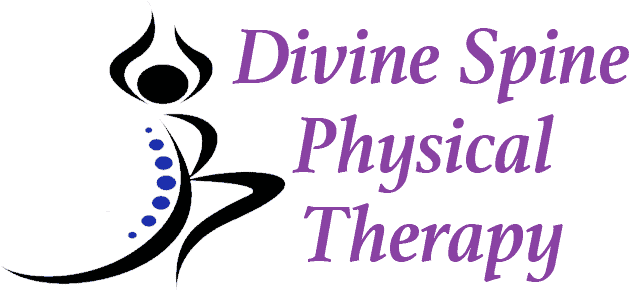Pain Relief For Arthritis
Do your joints feel stiff and sore when you wake up in the morning, or even after you sit down for a few hours? Those sore joints could be arthritis, which affects almost 54 million Americans. The good news is that one of the most effective, proven treatments to relieve the symptoms of arthritis is getting regular physical exercise. This can be improved on even further by working directly with a physical therapist, who can help you create a tailor-made exercise plan to relieve those achy joints. Want to know more? Contact us today to schedule an appointment and talk about how physical therapy can be used to treat arthritis.
